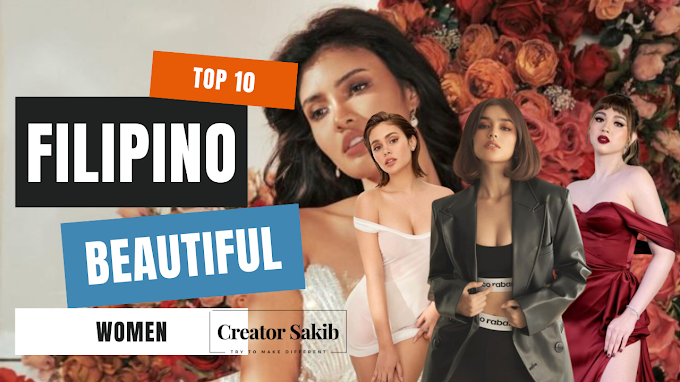Pierpaolo Piccioli, creative director of Valentino, continued to push the boundaries of haute couture with his club-inspired collection, which was held beneath the Pont Alexandre III in Paris. Anders Christian Madsen, fashion critic for British Vogue, shares his five key takeaways from the Italian fashion house's spring/summer 2023 couture show. Let's take a look...
Creator Sakib Tabe Of Content (toc)
It took place in a nightclub
Pierpaolo Piccioli staged his Valentino haute couture show at 10pm in the dark of the underground Bridge Club below the Pont Alexandre III, with Kylie Minogue and Anne Hathaway dressed to the nines. “It’s the idea of the club as a place where fantasies can become real; where people are not only allowed to be who they want to be, but where their fantasies can transform them into whomever they wish to be. I think this is quite contemporary,” he said during a preview. “It’s a moment where I feel that people really want to feel free – to express themselves. Haute couture is culture based in fashion.” The message was clear: we’re here, we’re queer, get used to it, as the 1980s saying goes. Piccioli’s research was nestled in the transgressive spirit of New Wave and the New Romantics: kids like Leigh Bowery and his kind, who made the club their paradise of freedom. But, he said, “In the ’80s they were kind of hiding in the clubs. Now it’s a new stage of life.” No more getting changed on the night bus home, guys. The street is your dancefloor.
It reflected a new culture of haute couture
Since Piccioli started shaking up the world of haute couture some six years ago – going by the philosophy of “keeping its codes but changing its values” – it has become a different culture. When he popped into the atelier to have a look at the orders being made for clients the day before the show, the petites-mains were working on an outfit made up of a bra with a skirt and a coat. Not your traditional couture order. “I couldn’t believe it,” he said with a smile, but he could. The reason Piccioli can now stage couture shows in flamboyant club surroundings is because the popularity of his early solo shows for the house had the impact they did on social media. Now, those audiences – clients as well as onlookers and the many influencers who attend his shows – expect the amped-up, vibrant, sassy displays of attitude that unfolded under the Pont Alexandre III this season. “Fashion is about catching the zeitgeist, and the opportunity to progress people’s thoughts,” he said.
It was a meeting between Leigh Bowery and Mr Valentino
If the large-scale capes and balloon skirts that hit his proverbial dancefloor would be a daunting fit even for the most epic of discotheques, rest assured this wasn’t a collection designed for the club, but one inspired by the idea of it. “I didn’t want to adapt couture to the club, I wanted to create the kind of couture I’d want them to wear. It’s the Diana Vreeland way: ‘Don’t give them what they want, but let them want what you give them!’ That’s the fantasy. The dream of couture,” Piccioli mused. “The world of Leigh Bowery, the world of Mr Valentino in the ’80s. The glamour of the stripes, the polka dots, the ruffles, the most classical signs of haute couture, but re-signified in a different way with a different kind of balance. Leigh Bowery meets Mr Valentino.” He expressed it in formidable silhouettes that bordered on the performance art native to the ’80s clubbing codes, and painted them in the new intensified take on his signature colour and texture language he debuted in his last ready-to-wear show.
It was couture for the people
This was a collection shaped by its context. In the maison’s palatial salons on Place Vendôme – where the breeze of haute history still envelops you in stardust when you walk through the rooms – Piccioli’s creations looked much more like classical couture than they did on the raised podium of the club, with Anohni and Visage on the loudspeakers. It was an interesting experiment: an exercise into how far out of its traditional frames you can push couture and still make it feel haute. Elevated onto sky-high neon orange platforms with matching leggings and crowned with pink sunglasses with spiky plumes, this was pop couture – for the people. “I don’t want to be the kind of couturier who cares what people do with the clothes. I keep my show, and it can be worn like this or in a more classical way,” Piccioli said. “Couture clients today are not like in the ’50s. Hopefully they wear it with a pair of jeans and T-shirt. It’s not about the looks, it’s about the pieces.”
It was a manifesto for freedom
Now, Piccioli’s approach to haute couture is to give people the tools to transform into the best – and, you might say, most exuberant – version of themselves. “This is a sort of manifesto of freedom. In clubs there are not boundaries, and I hope that can happen in the world. Giving people a stage,” he said. “As a designer, I feel a responsibility to use my voice with awareness. I don’t want to talk about how many ruffles are on a dress because you can just count them. I feel that true haute couture is louder. You can deliver messages for the moment.”


.png)












